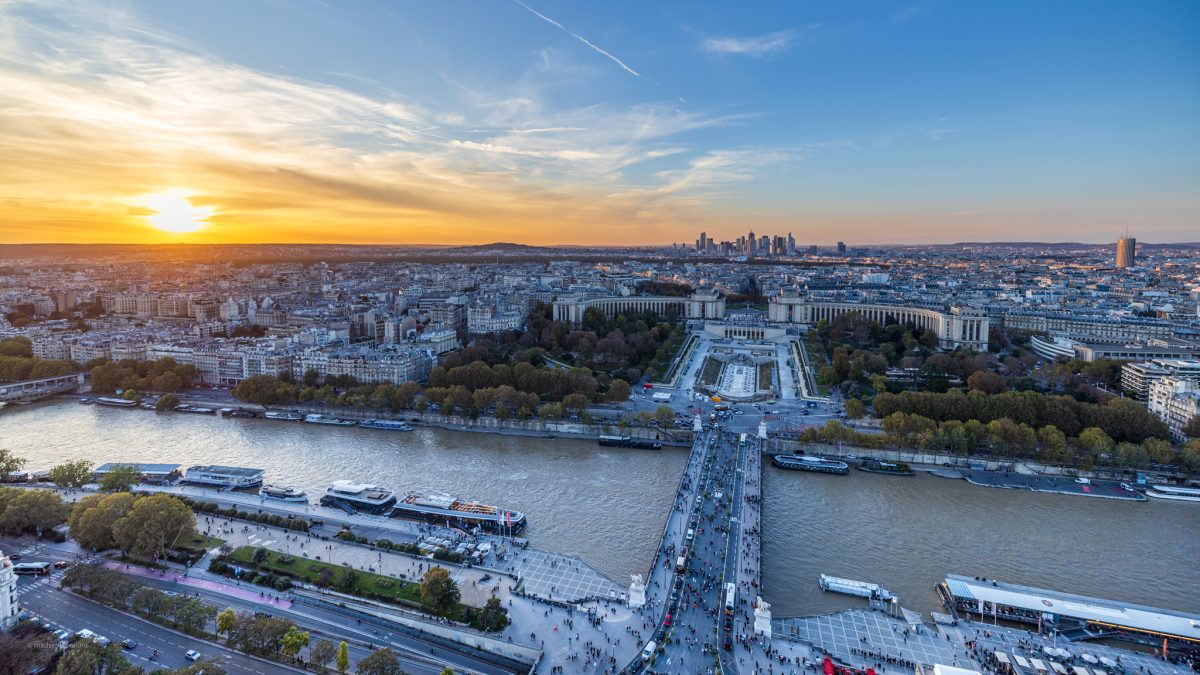The Eiffel Tower, one of the most recognizable structures in the world, is a global symbol of France and an engineering marvel that attracts millions of visitors each year. Standing proudly on the Champ de Mars in Paris, this iron lattice tower embodies not only architectural innovation but also cultural significance.
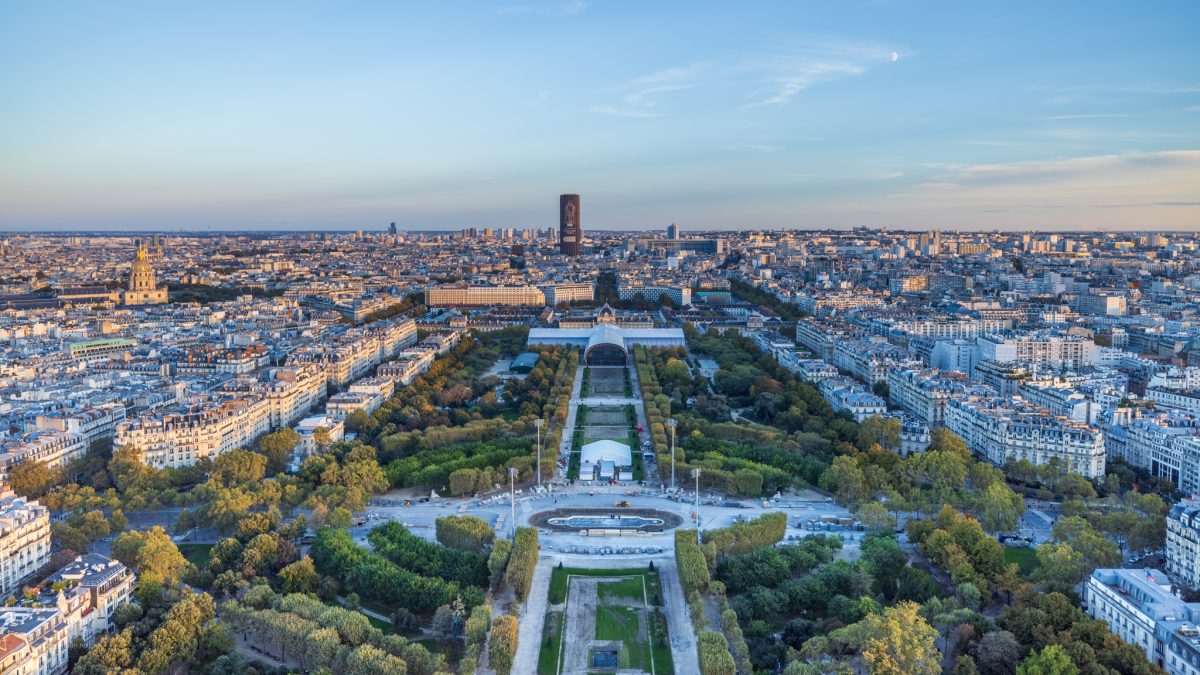
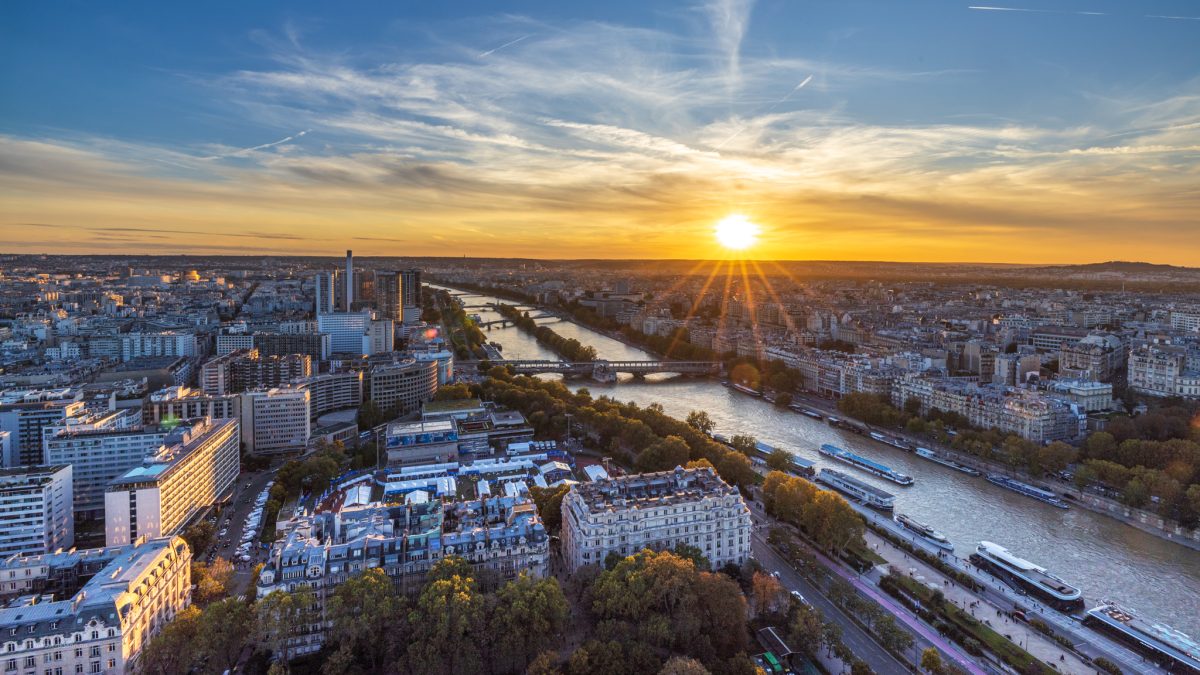
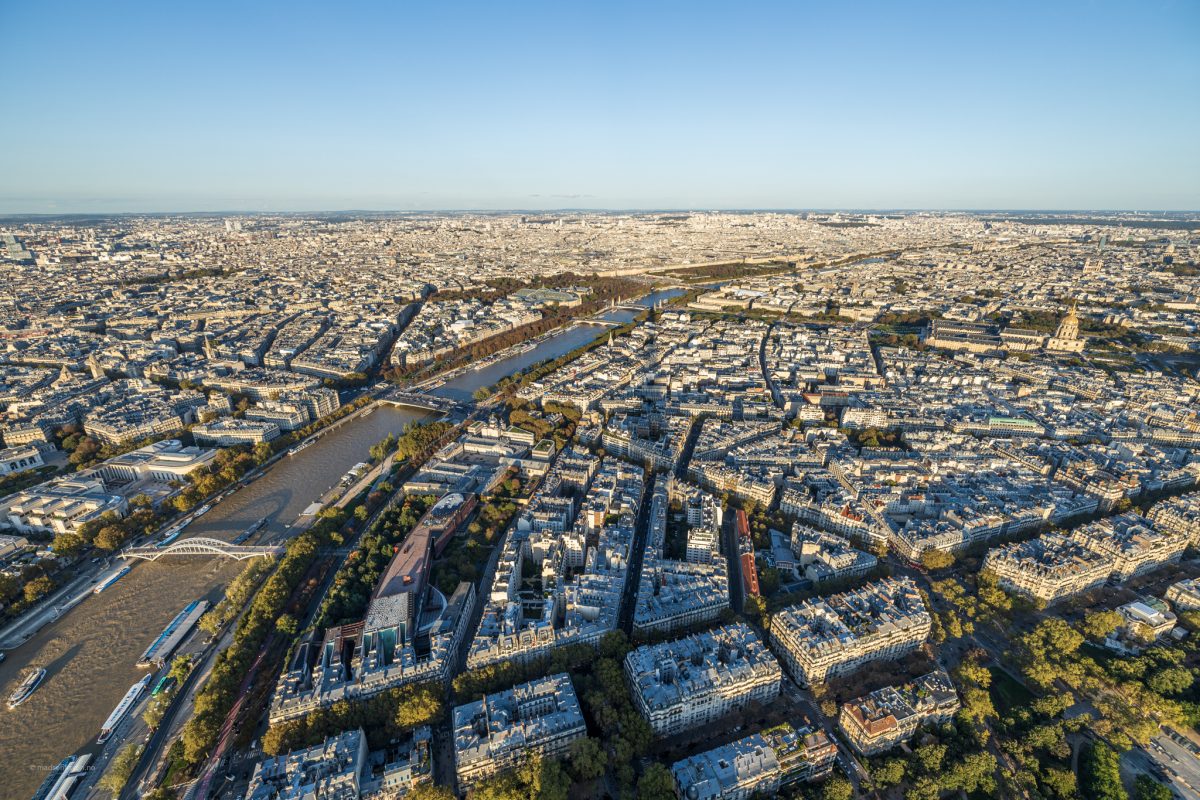
History and Construction
Commissioned for the 1889 Exposition Universelle (World’s Fair) to celebrate the 100th anniversary of the French Revolution, the Eiffel Tower was designed by engineer Gustave Eiffel and his company. The construction began in January 1887 and took just over two years to complete, finishing in March 1889. Standing at a staggering height of 300 meters (984 feet), it was once the tallest man-made structure in the world until New York’s Chrysler Building surpassed it in 1930.
The design faced criticism from prominent artists and intellectuals at the time who deemed it an eyesore; however, its innovative use of wrought iron proved revolutionary. The tower consists of approximately 18,038 individual pieces held together by over 2.5 million rivets.

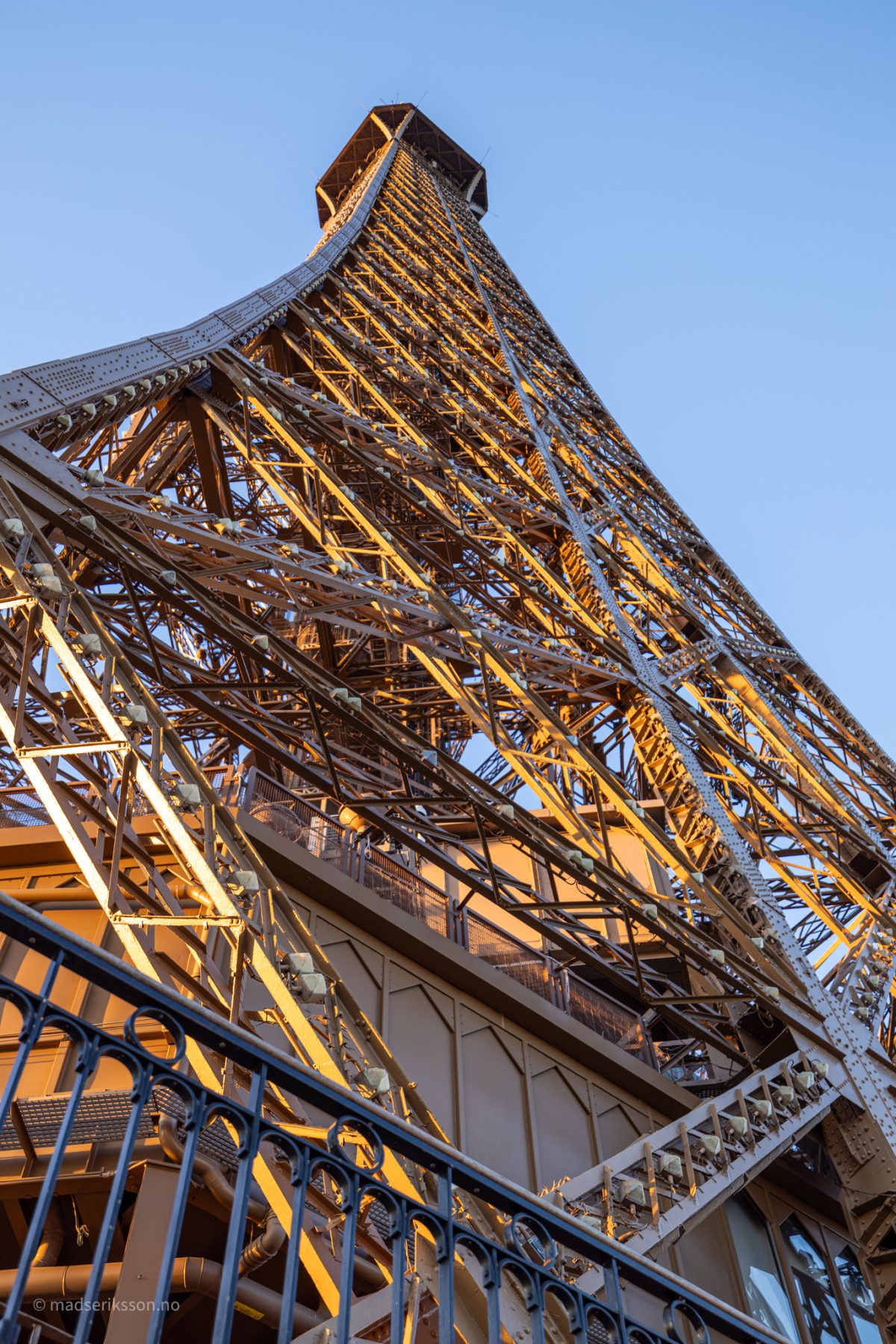
Architectural Significance
The Eiffel Tower is renowned for its unique structural design that combines aesthetics with functionality. Its three levels offer different perspectives of Paris; while elevators whisk visitors upward for breathtaking views, stairs provide a more intimate experience as they ascend through intricate ironwork.
Each level has specific attractions:
- First Level: Features shops, restaurants, a glass floor offering views below.
- Second Level: Houses observation decks providing panoramic vistas.
- Third Level: Offers an unparalleled vantage point at nearly 300 meters high—an unforgettable sight for any visitor.
Cultural Impact
Beyond its architectural prowess, the Eiffel Tower holds significant cultural importance. It has become synonymous with romance and Parisian life—a backdrop for countless films, photographs, proposals, and artistic works throughout history.
Illuminated every evening with thousands of twinkling lights during nighttime displays or adorned with themed illuminations during special events—the tower captivates both locals and tourists alike. It serves as a site for various celebrations including Bastille Day fireworks and New Year’s Eve festivities.
The Eiffel Tower stands as not just an architectural feat but also a testament to human creativity and resilience. As you gaze upon its grandeur from various angles across Paris—from Trocadéro Gardens to Montmartre—you can appreciate why it remains one of our planet’s most cherished landmarks. Whether you’re experiencing it up close or admiring it from afar, visiting this emblematic structure is truly essential when exploring “the City of Light.”
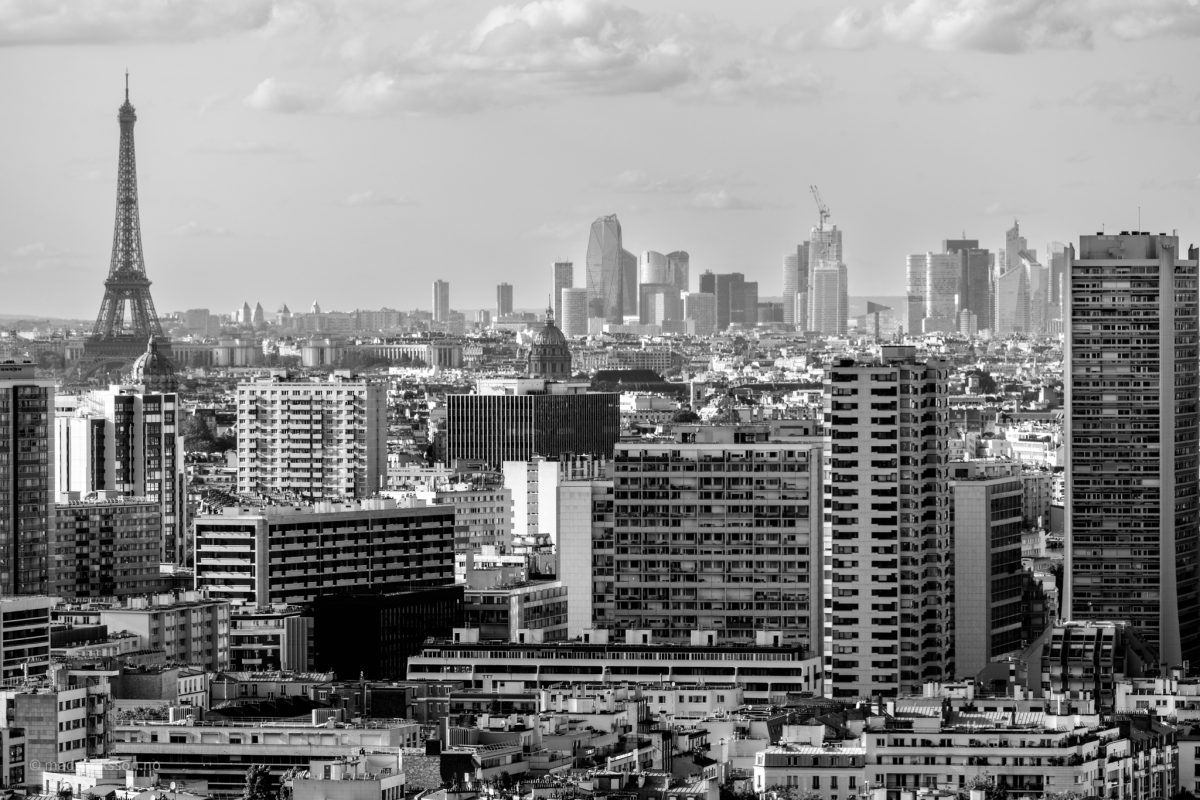
The View from the Eiffel Tower: A Spectacular Panorama of Paris
The Eiffel Tower is not just an architectural marvel; it also offers one of the most breathtaking views in the world. Perched at 300 meters (984 feet) above the streets of Paris, this iconic landmark provides visitors with a unique vantage point to take in the beauty and grandeur of the City of Light. Whether you’re gazing upon famous landmarks or observing everyday life below, each perspective from its levels tells a different story.
The Three Levels: Unique Perspectives
1. First Level: Ground-Level Views
While many visitors rush to higher elevations, the first level offers a fascinating perspective on both the tower itself and its surroundings. Here, you can walk on a glass floor that allows for an exhilarating view straight down—an experience unlike any other! This area features informative displays about the tower’s history and construction, as well as shops and dining options where you can relax while absorbing your stunning backdrop.
2. Second Level: A Panoramic Experience
Ascending to the second level rewards you with panoramic views that are simply unforgettable. This level serves as an ideal observation deck where tourists often capture photographs against iconic backdrops such as:
- The Seine River: Flowing gracefully through Paris, offering reflections of bridges like Pont Alexandre III.
- Notre-Dame Cathedral: Though currently under restoration following fire damage in 2019, its silhouette remains striking against the skyline.
- Sacré-Cœur Basilica: Visible atop Montmartre Hill, this basilica stands out with its white domes contrasting beautifully against blue skies.
Here you’ll find several viewing platforms equipped with telescopes that allow for closer inspection of distant landmarks like La Défense’s modern skyscrapers or even glimpses beyond into neighboring suburbs.
3. Third Level: A Bird’s Eye Perspective
The topmost observation deck is arguably where magic happens—a true bird’s-eye view over all of Paris awaits those brave enough to ascend! On clear days, visibility stretches up to 70 kilometers (43 miles), allowing spectacular sights including:
- The Arc de Triomphe: Standing proud at Place Charles de Gaulle; it’s particularly striking when viewed amidst busy city traffic.
- Champs-Élysées Avenue: Known for luxury shopping and theaters, this grand boulevard radiates elegance.
- Trocadéro Gardens & Palais de Chaillot: Beautifully landscaped gardens offer another angle for photography enthusiasts looking to frame their shots perfectly.
In addition to these sites within central Paris, guests might catch sight of far-off hills like Montmartre or even spots along France’s lush countryside extending into horizon lines filled with charm.
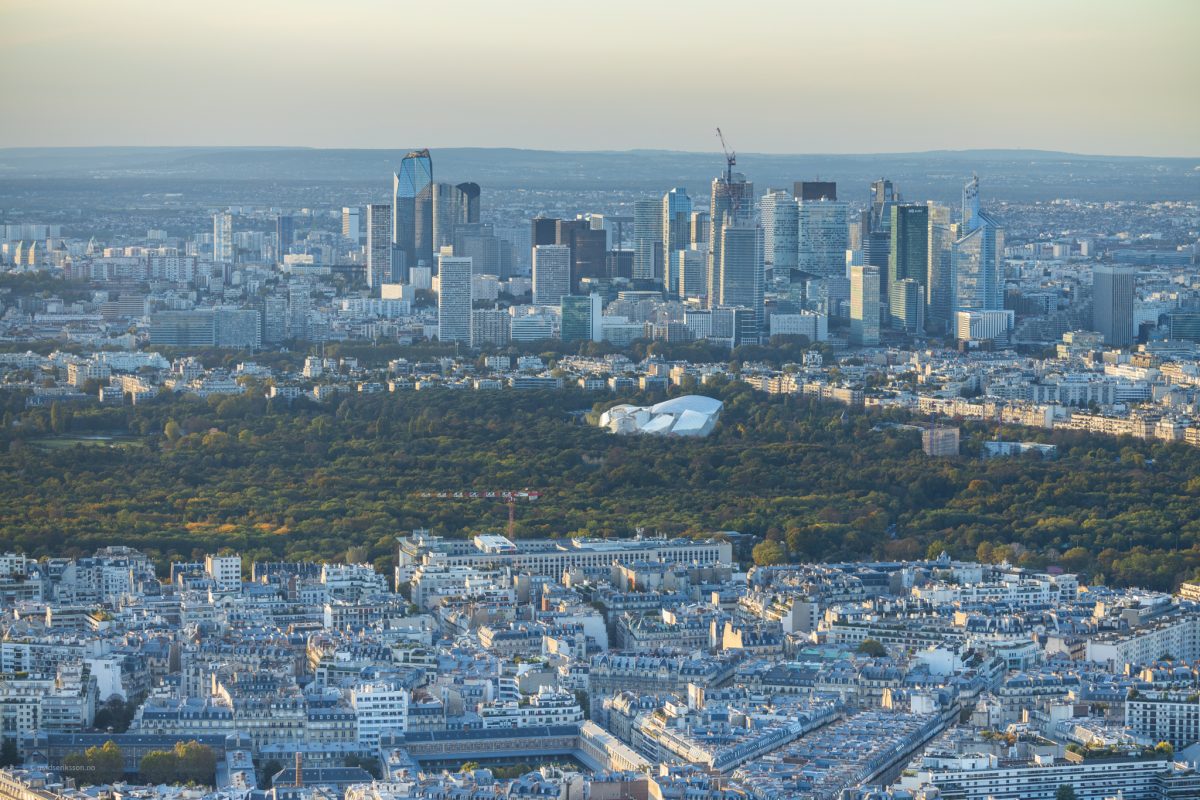

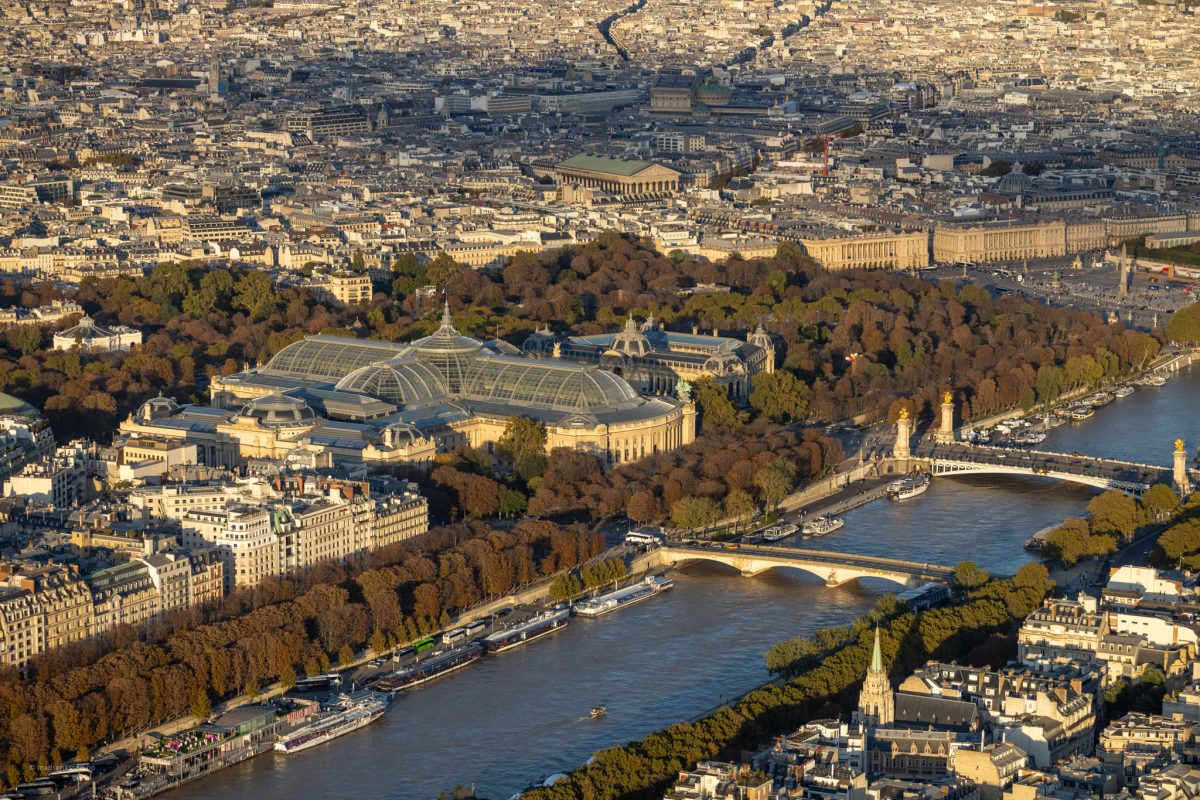
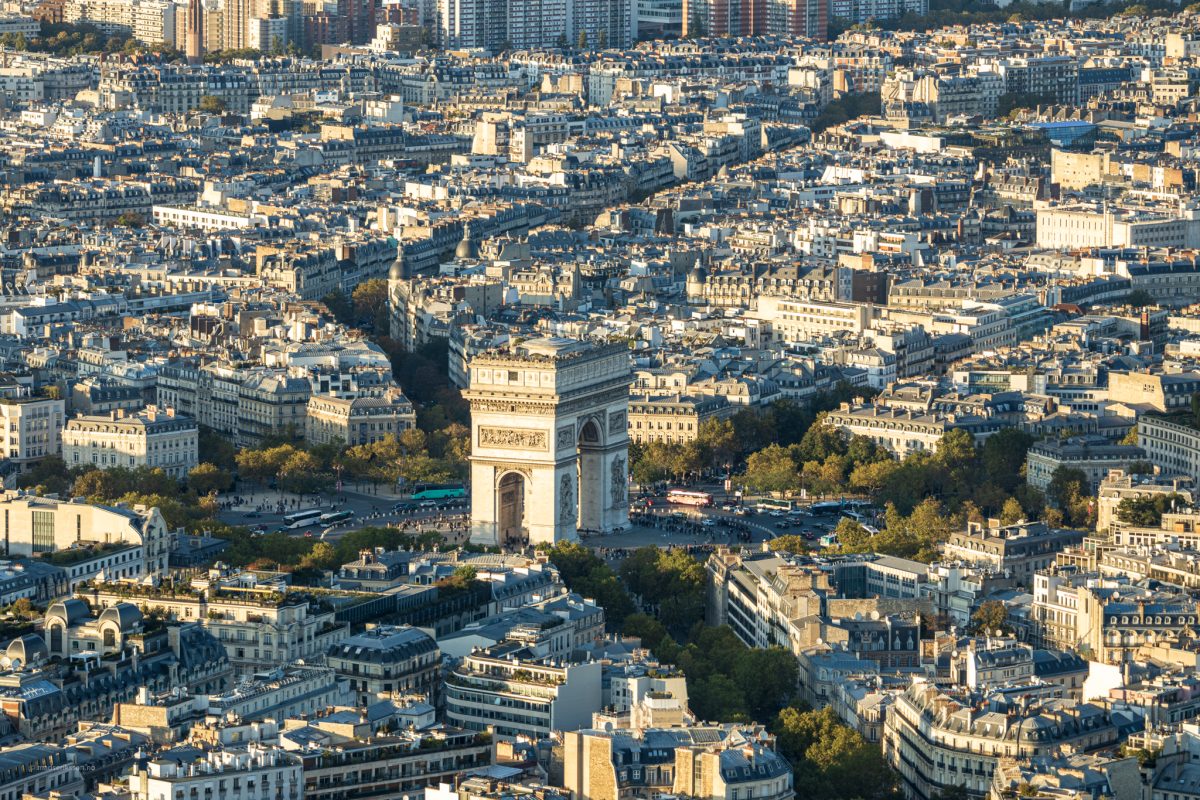
Time Matters
Visiting times significantly affect your experience at various levels:
- Daytime Visits: Enjoy vibrant colors illuminating every corner during daylight hours; perfect for capturing detailed photographs.
- Sunset Views: For romantics or photographers alike—watching sunset transform hues across buildings creates magical moments worth cherishing forever!
- Night-time Illuminations: As darkness falls over Paris—the city sparkles under twinkling lights creating an enchanting atmosphere unmatched anywhere else!
A visit to the Eiffel Tower is incomplete without taking time to appreciate its stunning vistas. Each level presents distinct opportunities—from historical insights close-up on ground-level glass floors through sweeping panoramas showcasing renowned monuments—all culminating in awe-inspiring perspectives that highlight why so many fall in love with this magnificent city year after year.
Whether standing high above bustling boulevards bathed in golden sunlight or watching twinkling lights ignite as dusk settles—you’ll understand firsthand why countless travelers deem “the view from here” among life’s greatest treasures!
